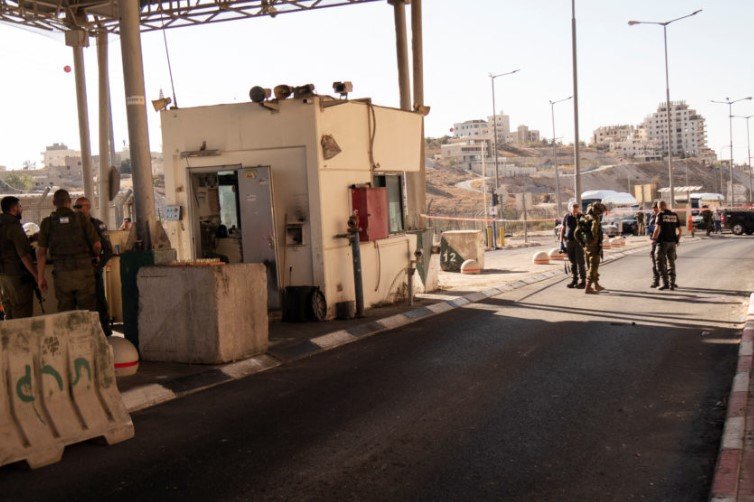Israel has turned down a plan for Hamas to join a new technocratic government in Gaza, according to Egyptian sources. This decision came during high-level talks in Jerusalem on October 21, 2025, amid efforts to strengthen the fragile ceasefire that started on October 10.
Key Details from the Jerusalem Meeting
Egyptian officials shared details of the meeting between Israeli Prime Minister Benjamin Netanyahu and Hassan Mahmoud Rashad, head of Egypt’s General Intelligence Service. The talks aimed to secure the ceasefire and plan for Gaza’s future.
Sources said Israel made it clear that Hamas cannot take part in the technocratic government meant to run Gaza after the conflict. Instead, the focus shifted to deploying an international force led by Egypt and bringing in 1,000 Palestinian police officers to maintain order once Hamas steps back.
The meeting also covered reopening the Rafah border crossing with Egypt. This crossing is vital for getting aid into Gaza. Both sides agreed on steps to allow humanitarian supplies to flow again, easing the crisis for Gaza’s people.
Officials called the talks a big success, with breakthroughs on how to make the ceasefire last. They discussed ways for Hamas to give up its weapons, a key demand from Israel.
Ceasefire Challenges and Accusations
The ceasefire, backed by the United States, has held for about two weeks as of October 22, 2025. But both Israel and Hamas have pointed fingers at each other for breaking the rules.
Israel says Hamas is secretly trying to shape the new government, picking supporters for key roles. This goes against the truce deal, which calls for a neutral technocratic setup without Hamas or the Palestinian Authority in charge.

Hamas has denied these claims, calling them propaganda. Recent reports show the group is reasserting control in parts of Gaza, filling gaps left by slow progress on the new government.
The United States has stepped in, recruiting Palestinians from abroad to form this transitional government. This move aims to exclude armed groups and bring fresh leadership.
Delays in setting up the government have sparked warnings from diplomats. They say the vacuum is helping Hamas regain strength, which could lead to more fighting.
Humanitarian Aid and Border Issues
Aid delivery remains a hot topic. The Rafah crossing closed during the war, blocking supplies. Now, with the ceasefire, efforts are underway to reopen it.
Recent updates show a limited number of aid trucks entered Gaza through Rafah from Egypt on October 9, 2025. This was part of the truce agreement. But disputes over hostage remains have slowed things down.
Israel has tied the full reopening to Hamas returning bodies of deceased hostages. As of October 19, 2025, the crossing stayed shut, leading to rotting aid on the Egyptian side.
Pressure is building on Israel to let more aid in. Gaza faces famine risks, especially in the north, where people survive on one meal a day. No food, medicine, or hope sums up the dire situation.
Here are some key aid challenges:
- Over 1,000 trucks wait on the Egyptian side, loaded with food and medical supplies.
- Security checks at other crossings like Kerem Shalom slow the process.
- International groups call for safe corridors to reach all parts of Gaza.
Broader Regional Impact
The rejection of Hamas in the government fits into larger peace efforts. Egypt plays a key role as mediator, working with Qatar and the United States.
Talks in Beijing earlier this year tried to unite Palestinian factions, but Israel opposes any Hamas role. This stance aligns with Trump’s past proposals for a “Board of Peace” to oversee Gaza.
Recent events include Israel’s threats to resume strikes if violations continue. On October 15, 2025, Israel agreed to reopen Rafah after Hamas returned four hostage bodies, showing small steps forward.
Experts predict two possible outcomes for Gaza. One part might see ongoing conflict, while another gets the technocratic rule. This split could complicate rebuilding.
The United Nations reports over 40,000 deaths in the conflict since 2023, with millions displaced. Aid chiefs note slow progress but urge faster action.
Future Outlook and Expert Views
Looking ahead, the technocratic government could bring stability if all sides cooperate. It would focus on rebuilding infrastructure, schools, and hospitals destroyed in the fighting.
Analysts say excluding Hamas is crucial for Israel, but it risks alienating Gaza’s population. A balanced approach might include local leaders without ties to militants.
| Aspect | Current Status | Potential Impact |
|---|---|---|
| Ceasefire Duration | 12 days as of October 22, 2025 | Fragile, with mutual accusations |
| Aid Trucks Entered | Limited since October 9 | Eases famine but not enough for 2 million people |
| International Force | Egyptian-led, planned deployment | Could secure borders and aid routes |
| Hamas Disarmament | Under discussion | Key to long-term peace |
| Rafah Crossing | Partially reopened October 15 | Vital for humanitarian flow |
This setup aims to provide neutral governance and attract global funding for recovery.
Share your thoughts on this development in the comments below. What do you think is the best path for Gaza’s future? Spread the word by sharing this article with others interested in Middle East peace efforts.
